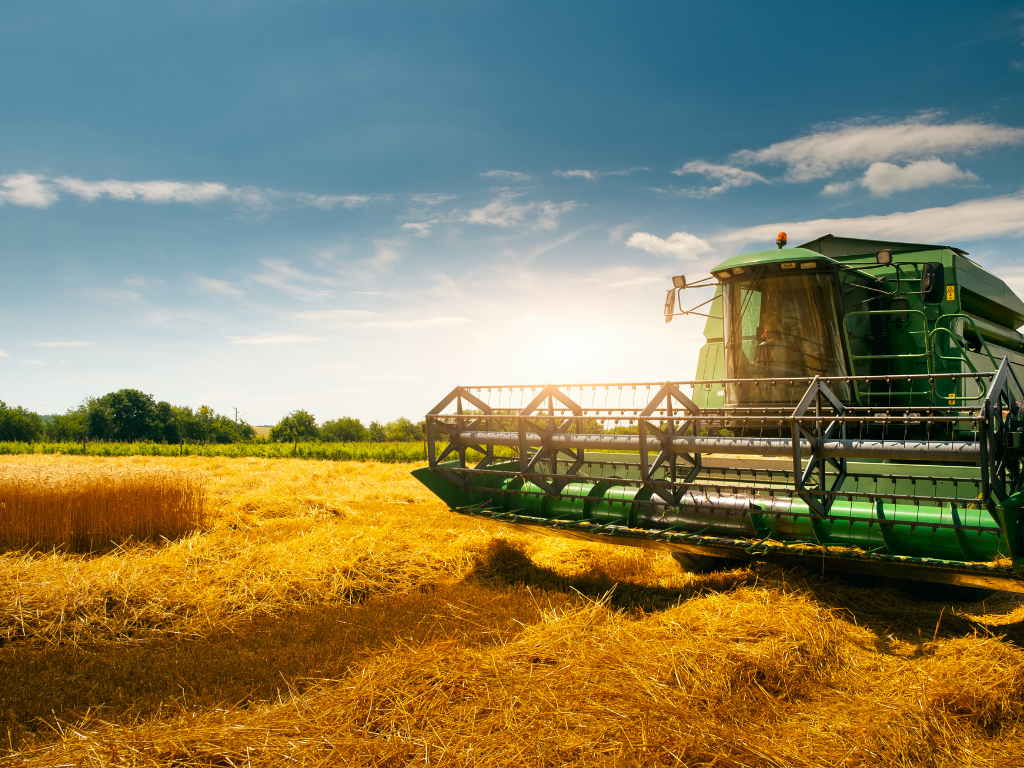Reasons that hampered Global Wheat Production and Supply
Why Century Old Wheat Has Been A Subject To Global Food Security?
- Climate Change: A 1°C increase in global temperature can result in a 6.4% reduction in the amount of wheat that can be cultivated globally. Global warming is increasing temperatures by around 0.2°C every 10 years. Rainfall is increasing in some places but decreasing in others. Higher temperatures and unreliable rainfall make farming difficult, especially for those farming marginal lands who struggle to survive. Even advanced countries can be affected by drought. Countries such as Russia and Australia are huge wheat and barley exporters, respectively. When they suffer drought, less food is available globally, and global food prices increase, leaving the poor most vulnerable.
- Pests and diseases: Pests and diseases are also causing major challenges, reducing the projected annual yield by about a fifth each year. Pesticides have increased crop yields. However, even though farmers in advanced countries can afford pesticides, most farmers in low-income developing countries cannot afford them, and they can lose a major percentage of their production from pests and diseases.
- Technology: Improvements in technology have increased the amount of food available. Technology can overcome temperature, water, and nutrient deficiencies in greenhouses, irrigation, and fertilizers. This can incur an economic or environmental cost. Advanced countries are able to import food from across the globe all year round.
- Loss of farmland: The growth of the biofuel market is taking up valuable farmland which is then not used for food.
- Water stress: Irrigation systems provide water for countries with unreliable or low rainfall. Irrigation can double crop yields, but putting these systems in place is expensive. Water can be taken either from underground aquifers or directly from rivers. Both have environmental consequences.
- Poverty: When people have less money, they cannot afford food, and they become unable to work. Families in developing countries spend much of their income on food.
- War: In countries with huge primary production of wheat and barley, a war can put global supply under threat.(e.g, in Ukraine, which has high production of wheat and maize). Food can be used as a weapon, with enemies cutting off food supplies to have an advantage compared to other countries. Crops can also be destroyed during fighting. Food shortages have caused riots and conflict. (For example, The South Sudan region has faced conflict for years, with 4 million people facing food insecurity. In the Darfur area, conflict has lasted years because of disagreement over land and grazing rights.)
According to Rothamsted Research, the persistent and increasing global demand for wheat, a staple food for approximately 3 billion people, is anticipated to rise by 60% by 2050. Wheat, the most widely cultivated cereal worldwide, contributes significantly to human diets by providing approximately one-fifth of calories and protein. Ensuring economic and reliable wheat production is vital for global food security and political stability.
We need crops that are able to survive in more marginal areas – places with hot and dry climates. The old varieties have some of those qualities that we have lost in our current wheat varieties and are required to get it back, which could be done through traditional plant breeding, genetic modification, or gene editing.
Wheat is almost older than farming itself. Its three ancestral grass species thrived long before the emergence of modern humans in Africa approximately 200,000 years ago. These grass species had already initiated the exchange of their genetic material by the time the earliest farmers, located in the eastern Mediterranean around 10,000 BC, began practicing selective cultivation. This cultivation aimed to identify and propagate more resilient and productive wheat varieties.
Scientists at John Innes Centre (Research Centre of Excellence in Plant Science, genetics and Microbiology based in Norwich) took some older varieties from 100 years back and underwent breeding with modern ones to have a new variety with disease resistance, stress resistance, increased yield, increased fertilizer-use efficiency.
Thus, rediscovering and modifying the old lost varieties could be the best way to move forward with the wheat scarcity crisis.
References
https://www.fao.org/fileadmin/templates/wsfs/docs/Issues_papers/HLEF2050_Global_Agriculture.pdf
D.S. Shrestha, B.D. Staab, J.A. Duffield, Biofuel impact on food prices index and land use change, Biomass and Bioenergy, Volume 124, 2019, Pages 43-53, ISSN 0961-9534,
https://www.sciencedirect.com/science/article/abs/pii/S0961953419300911









































































